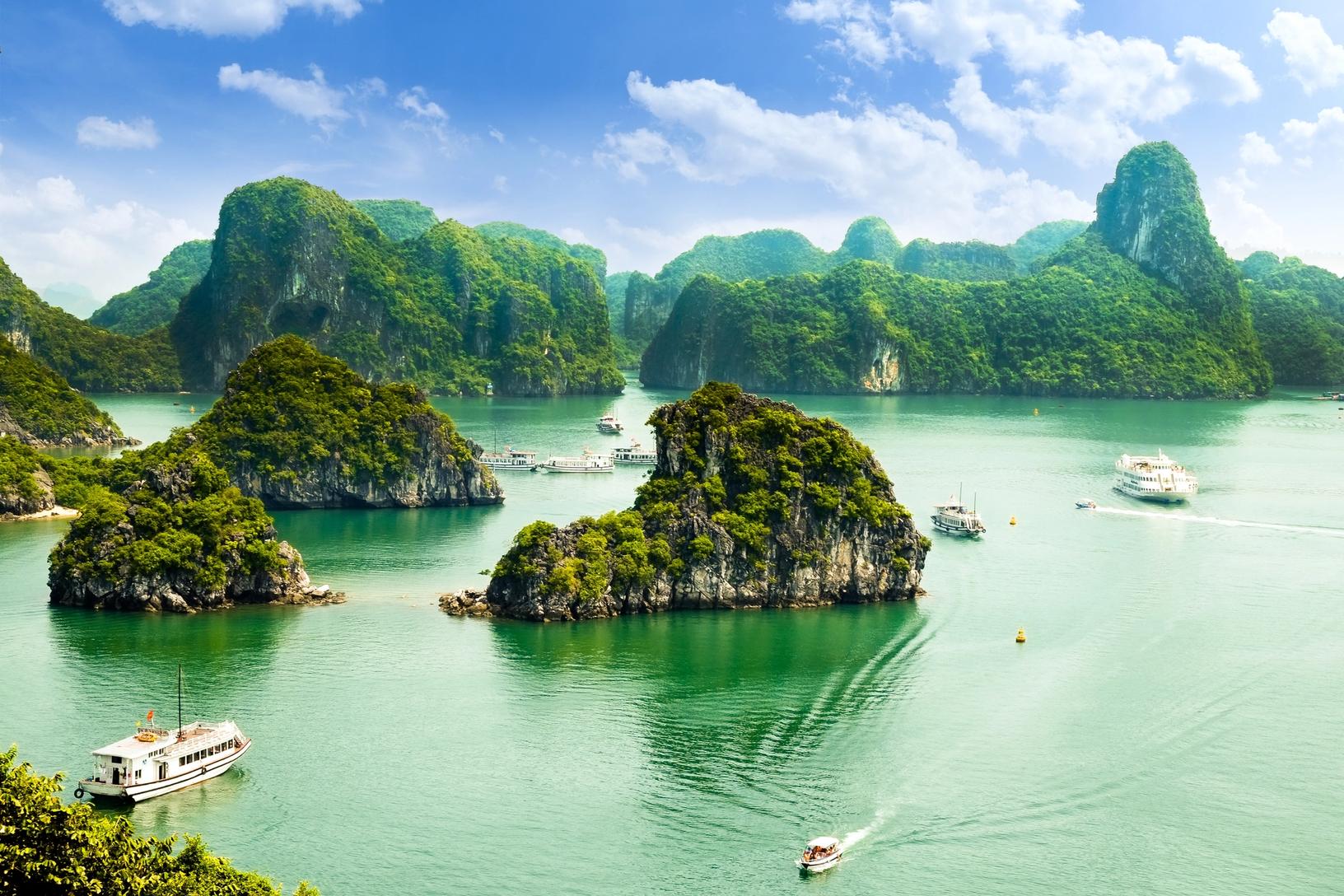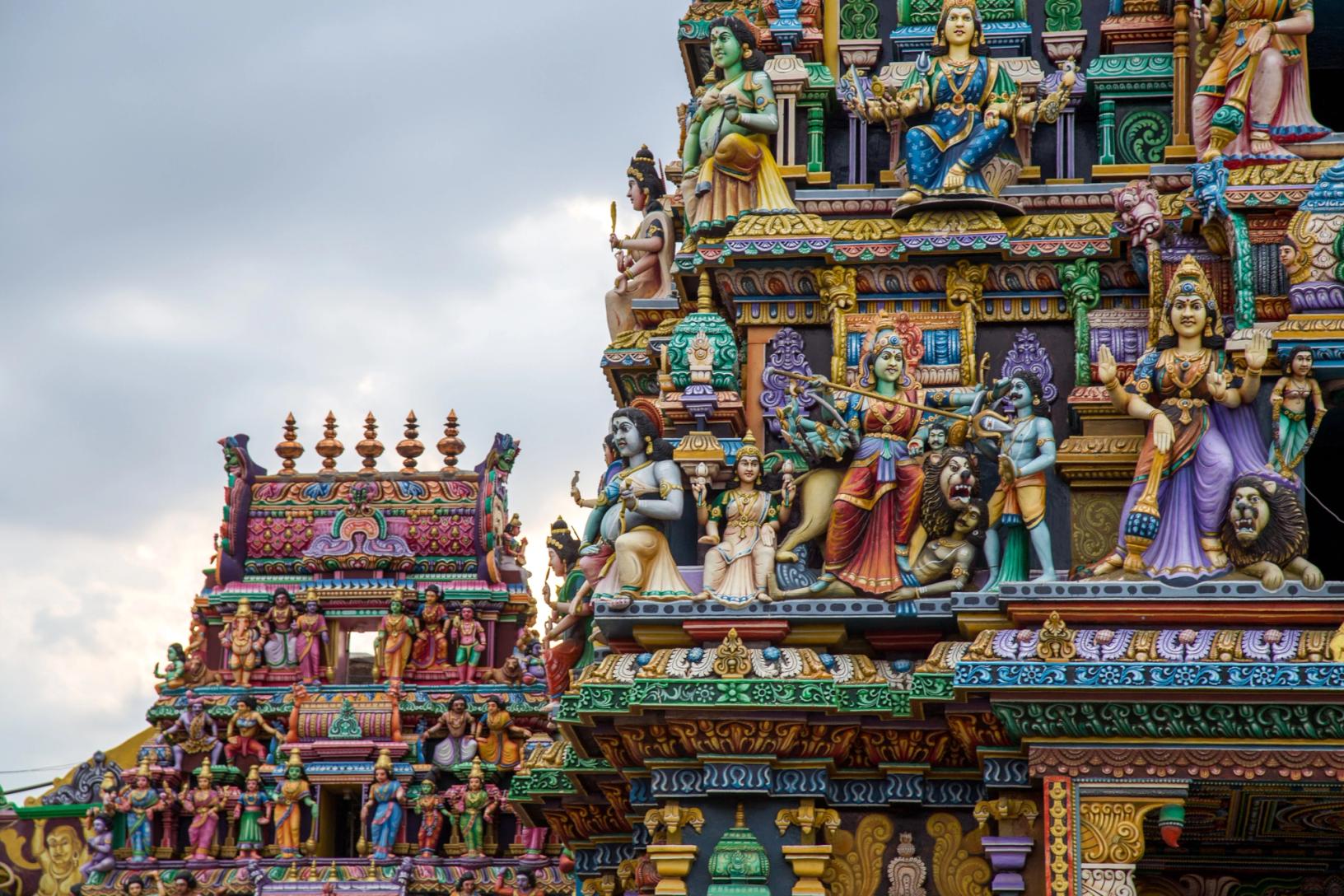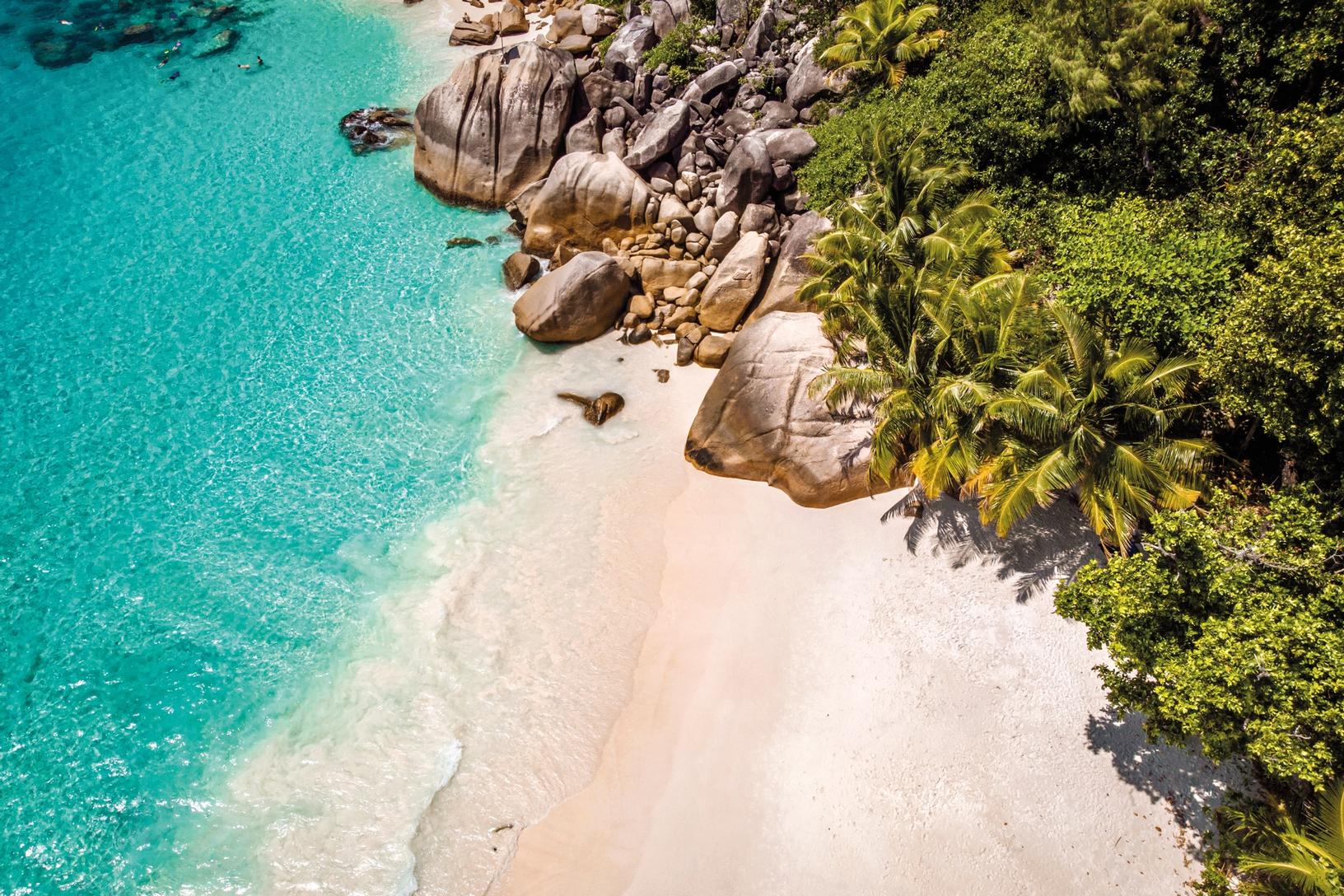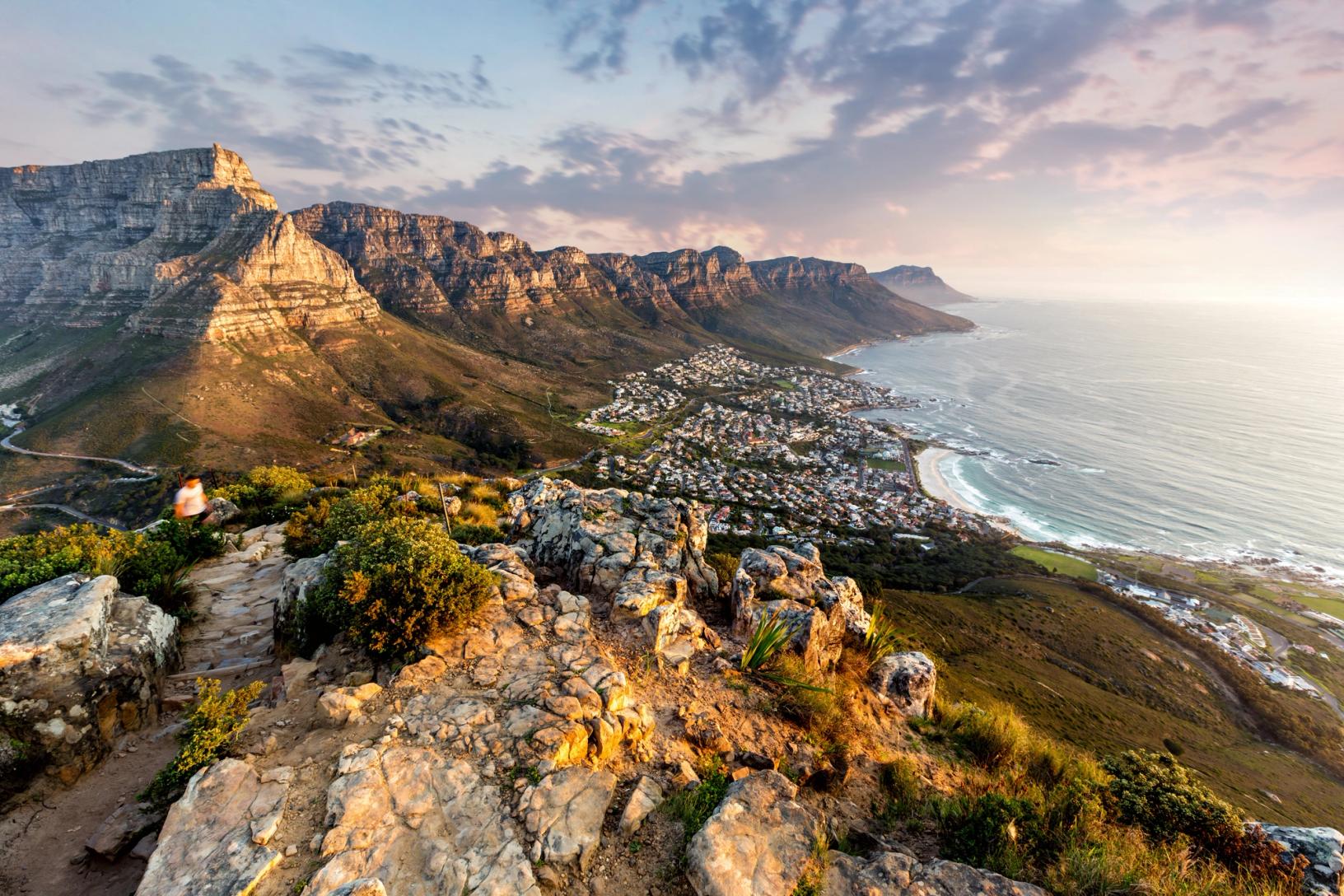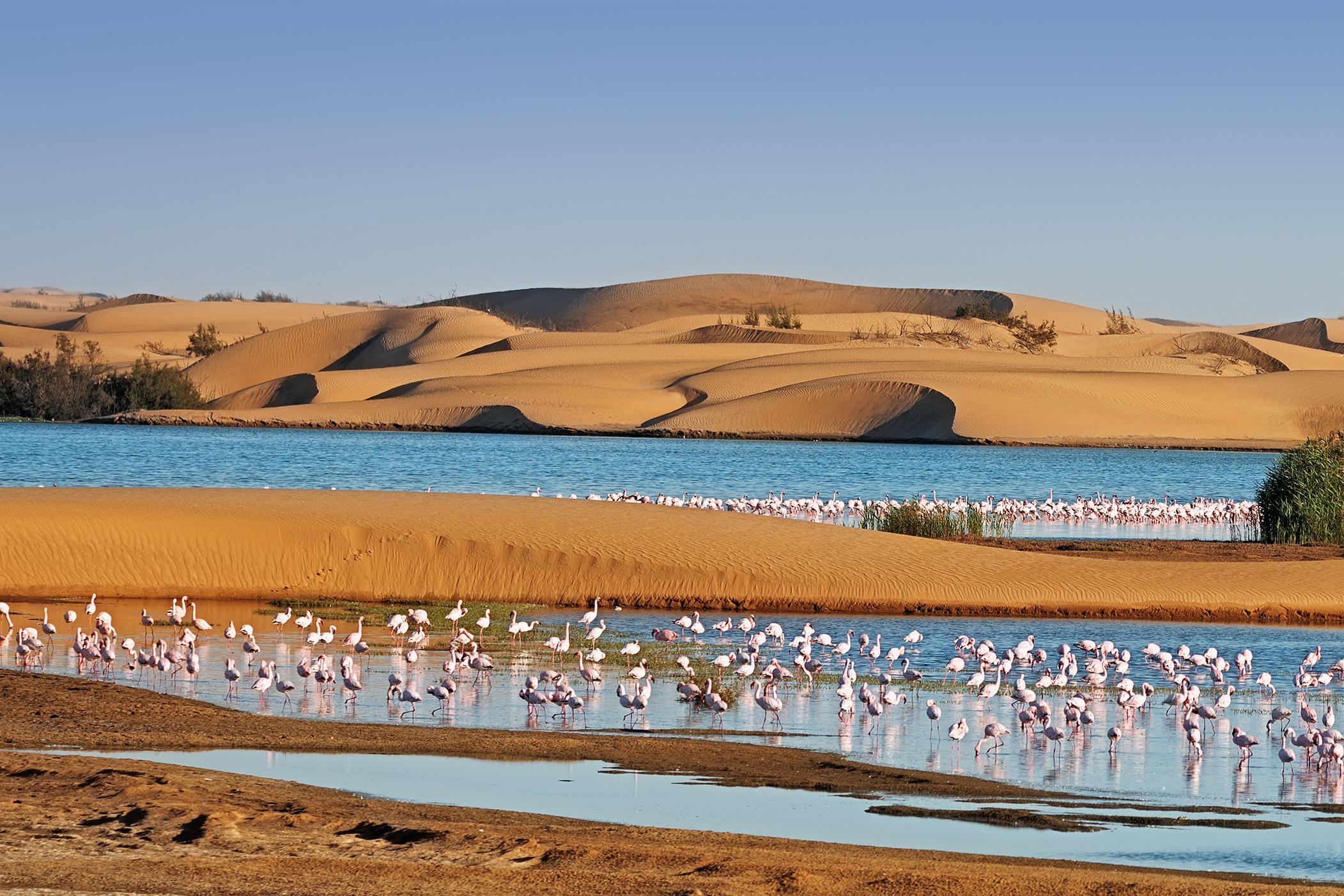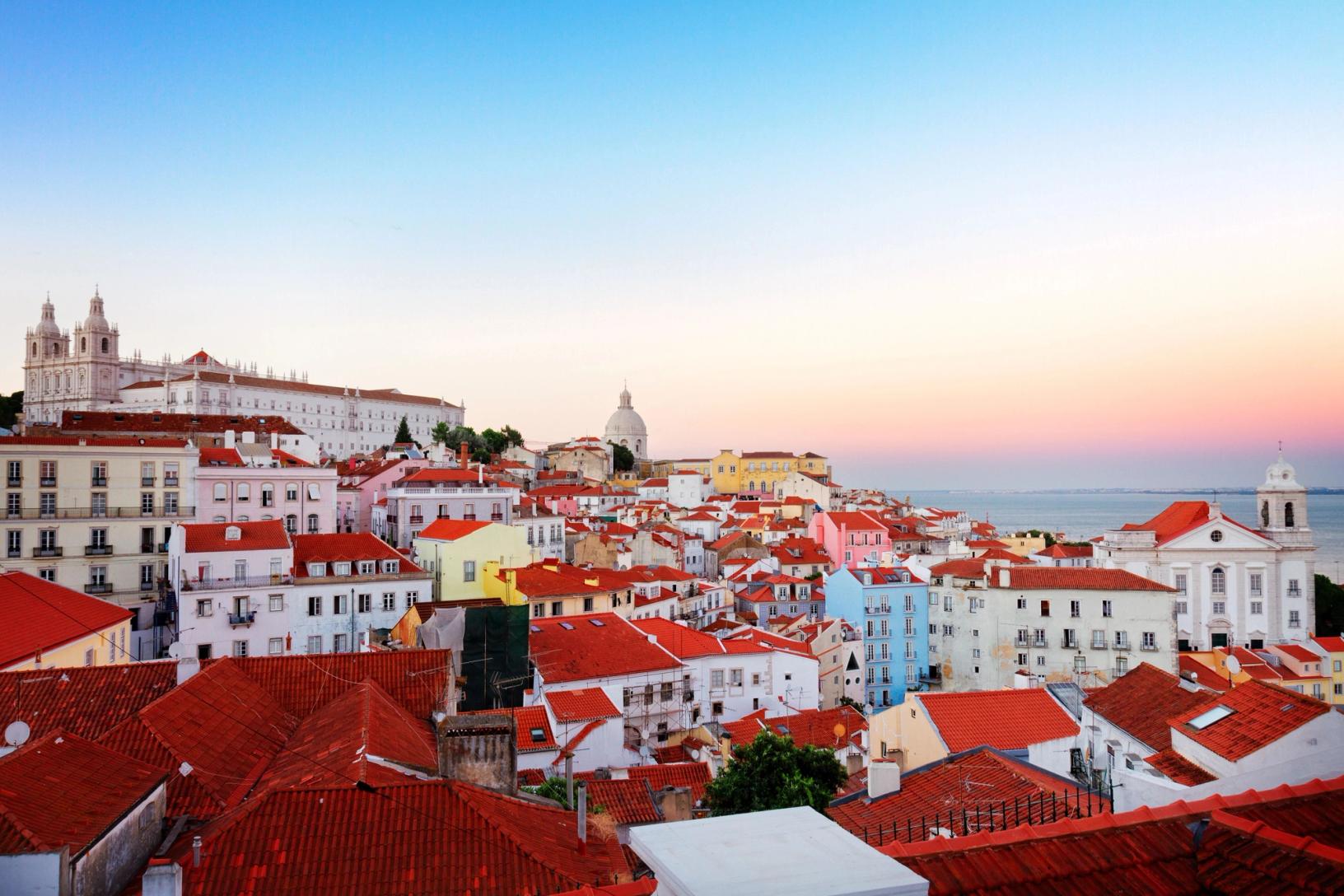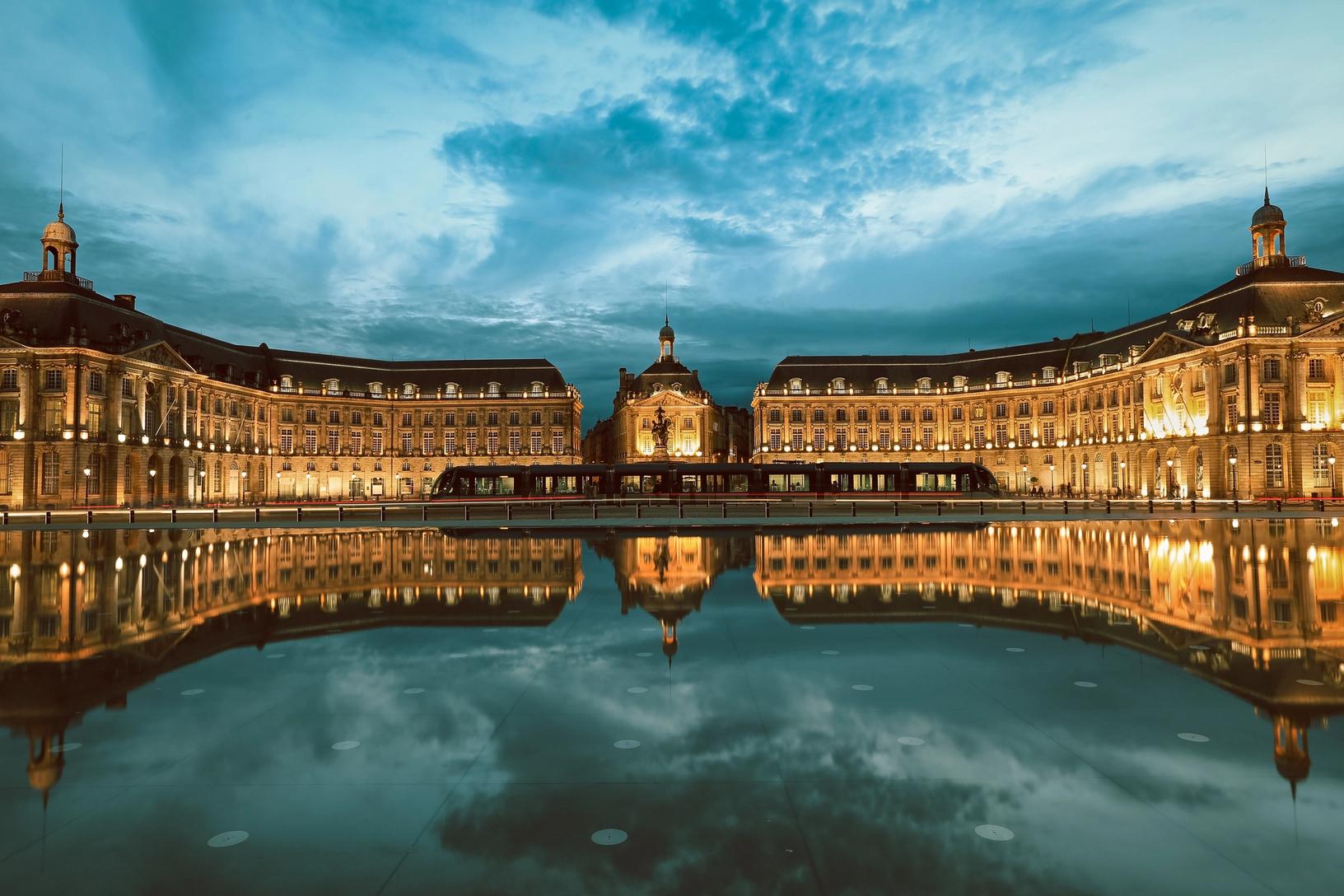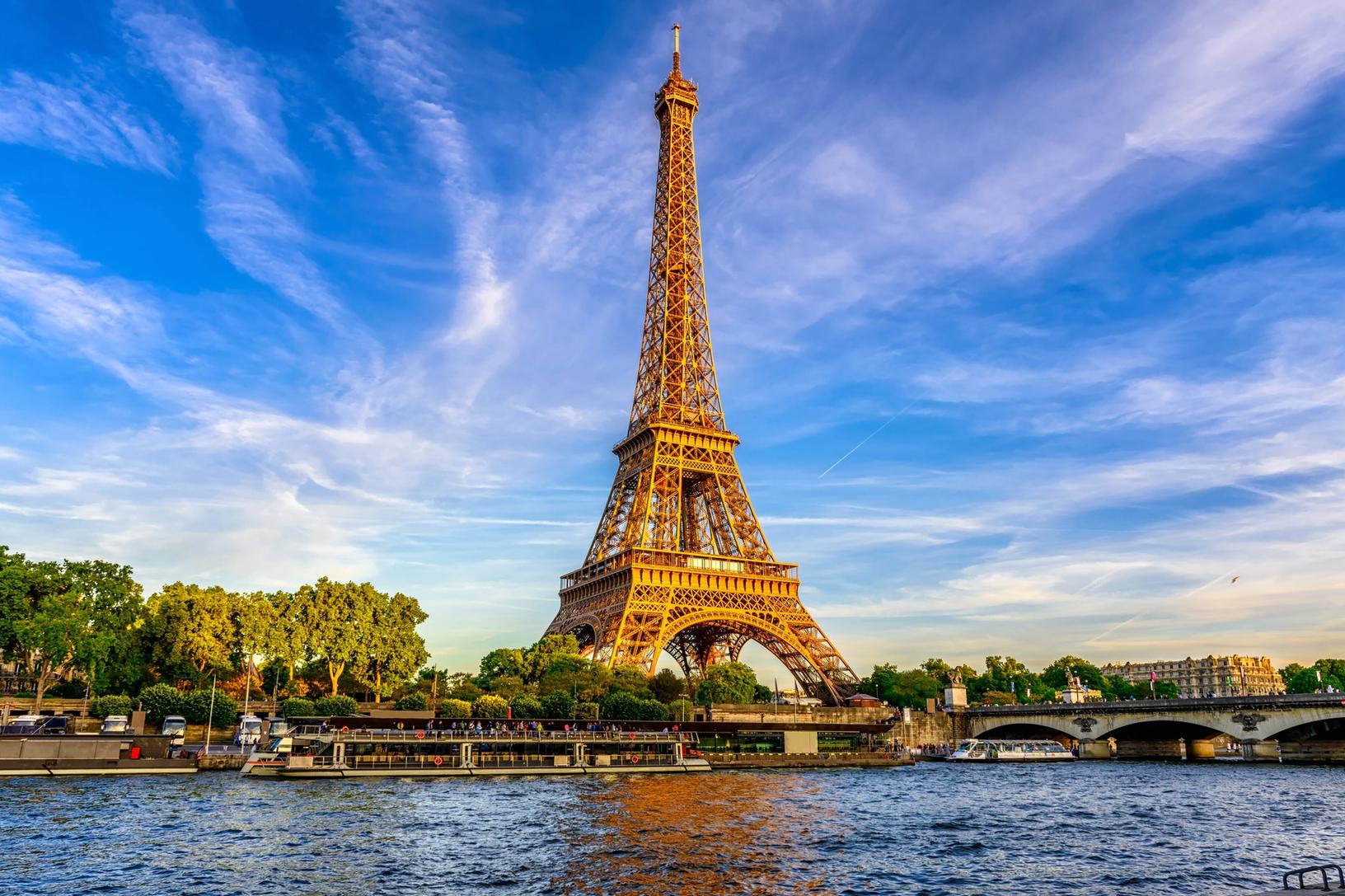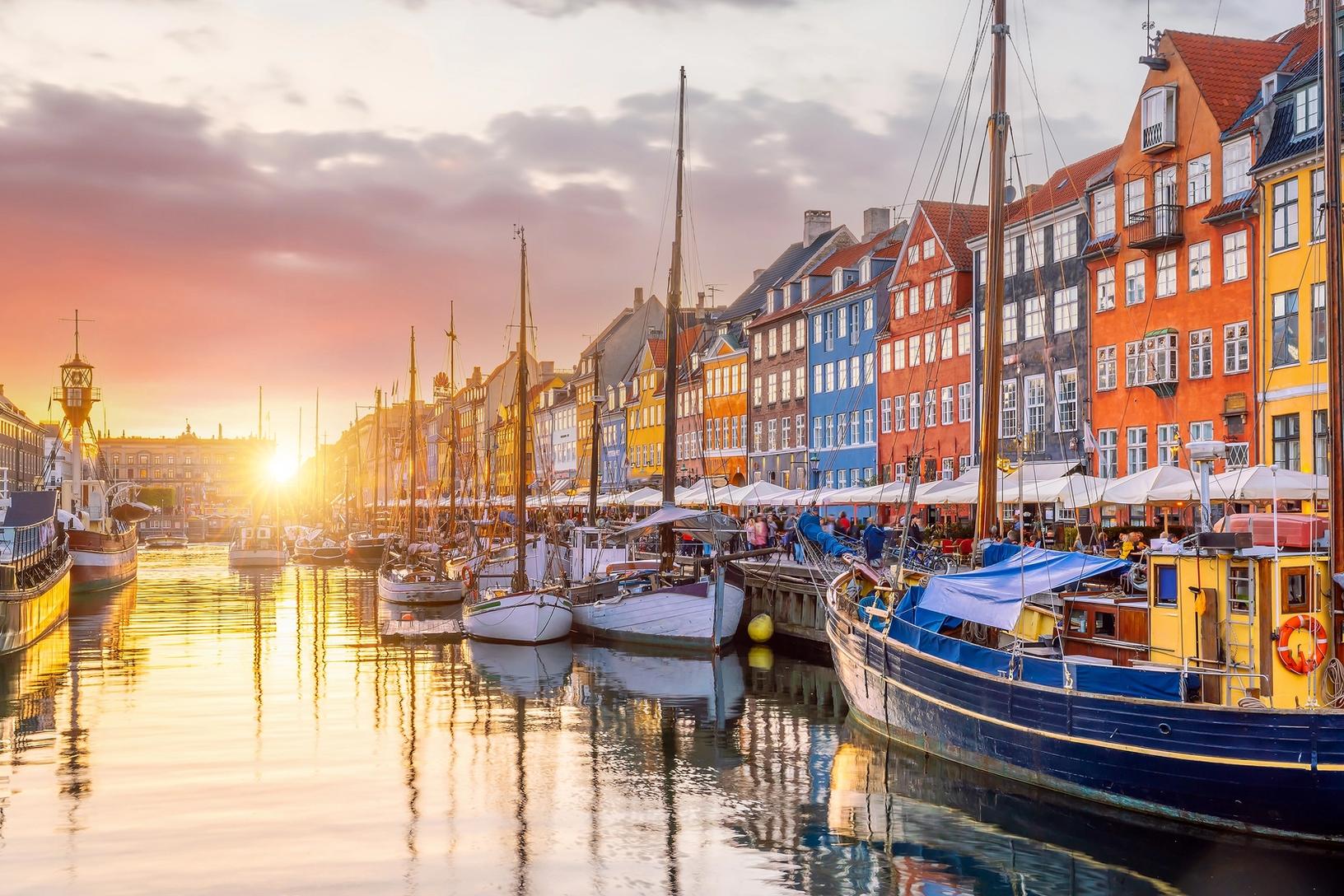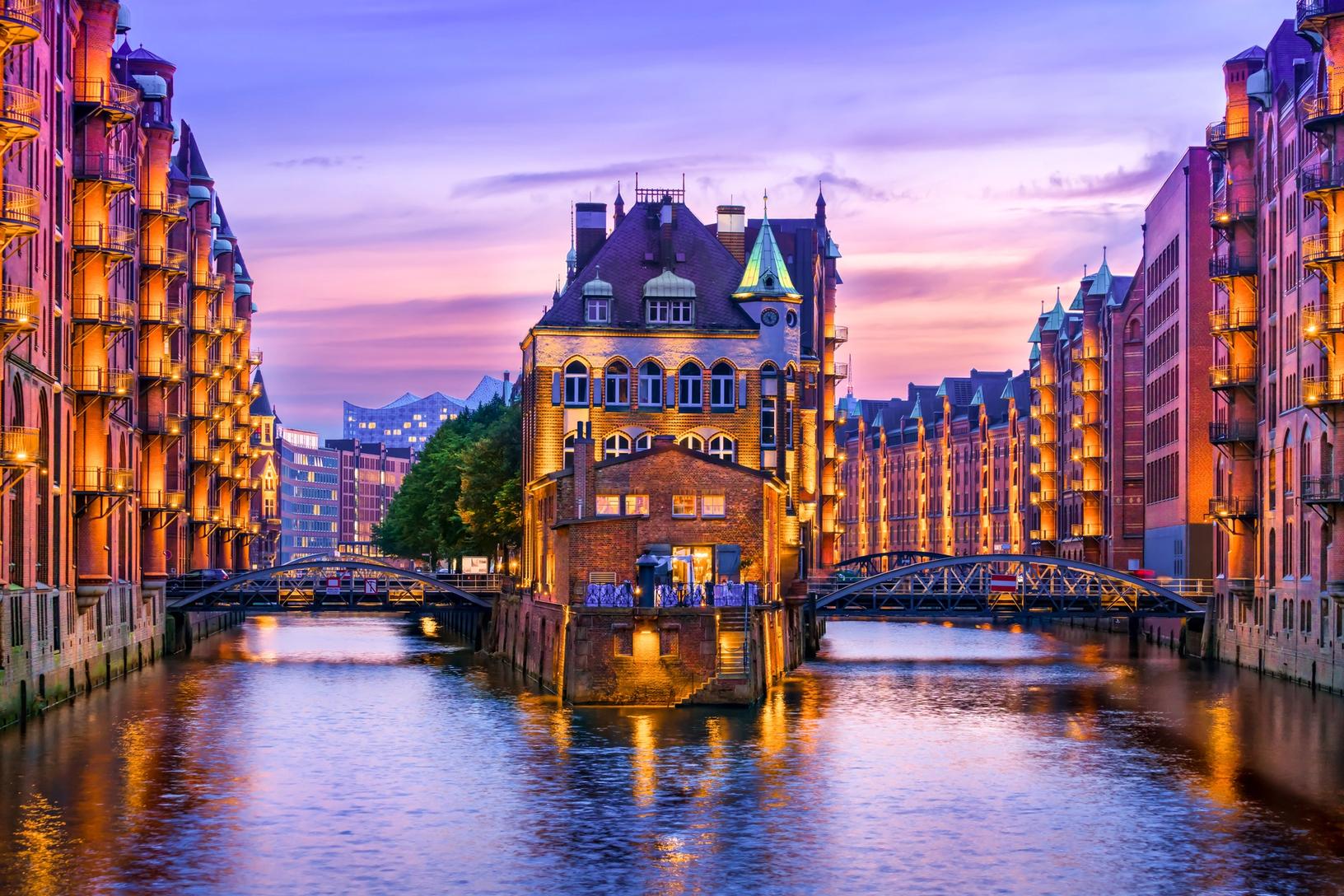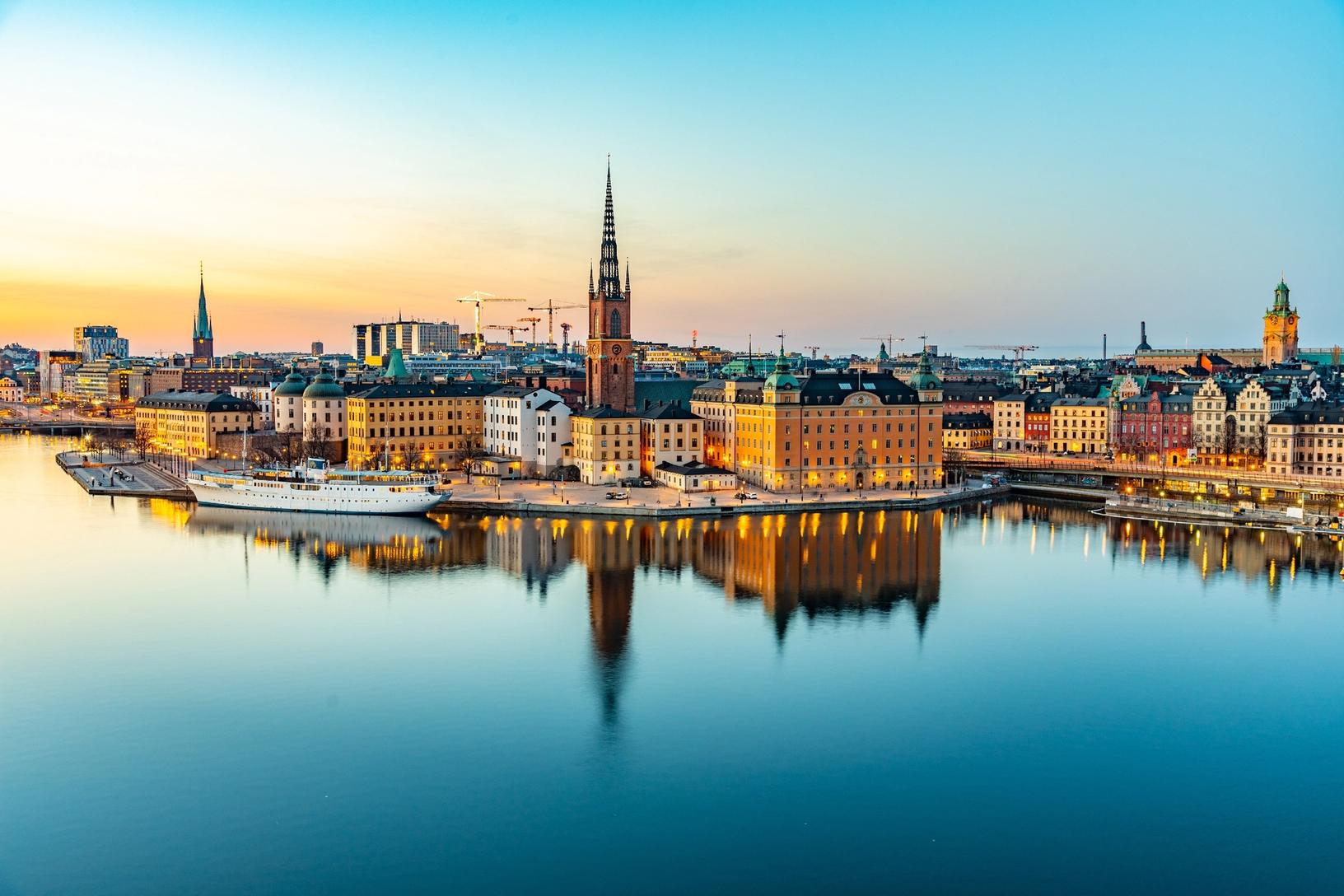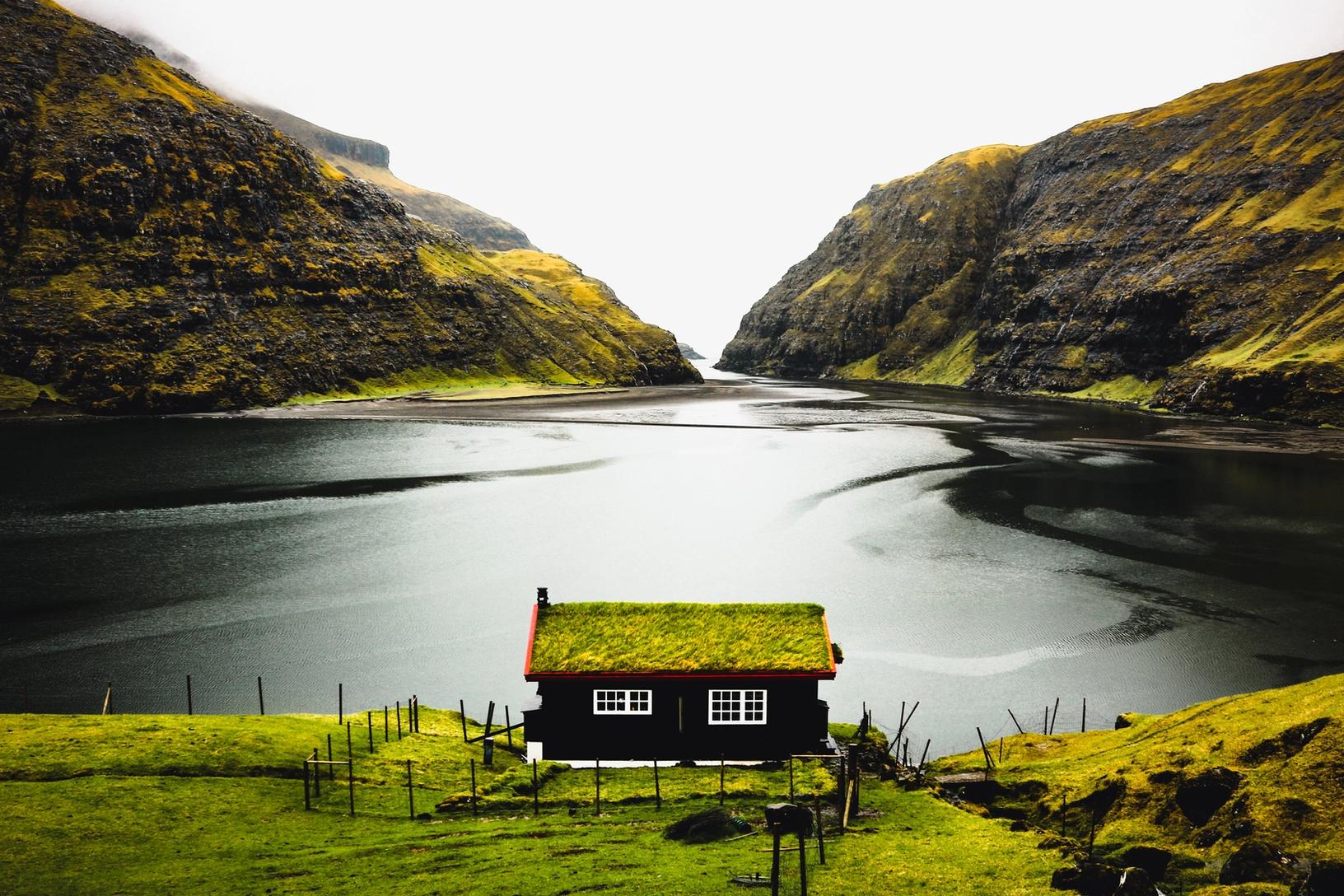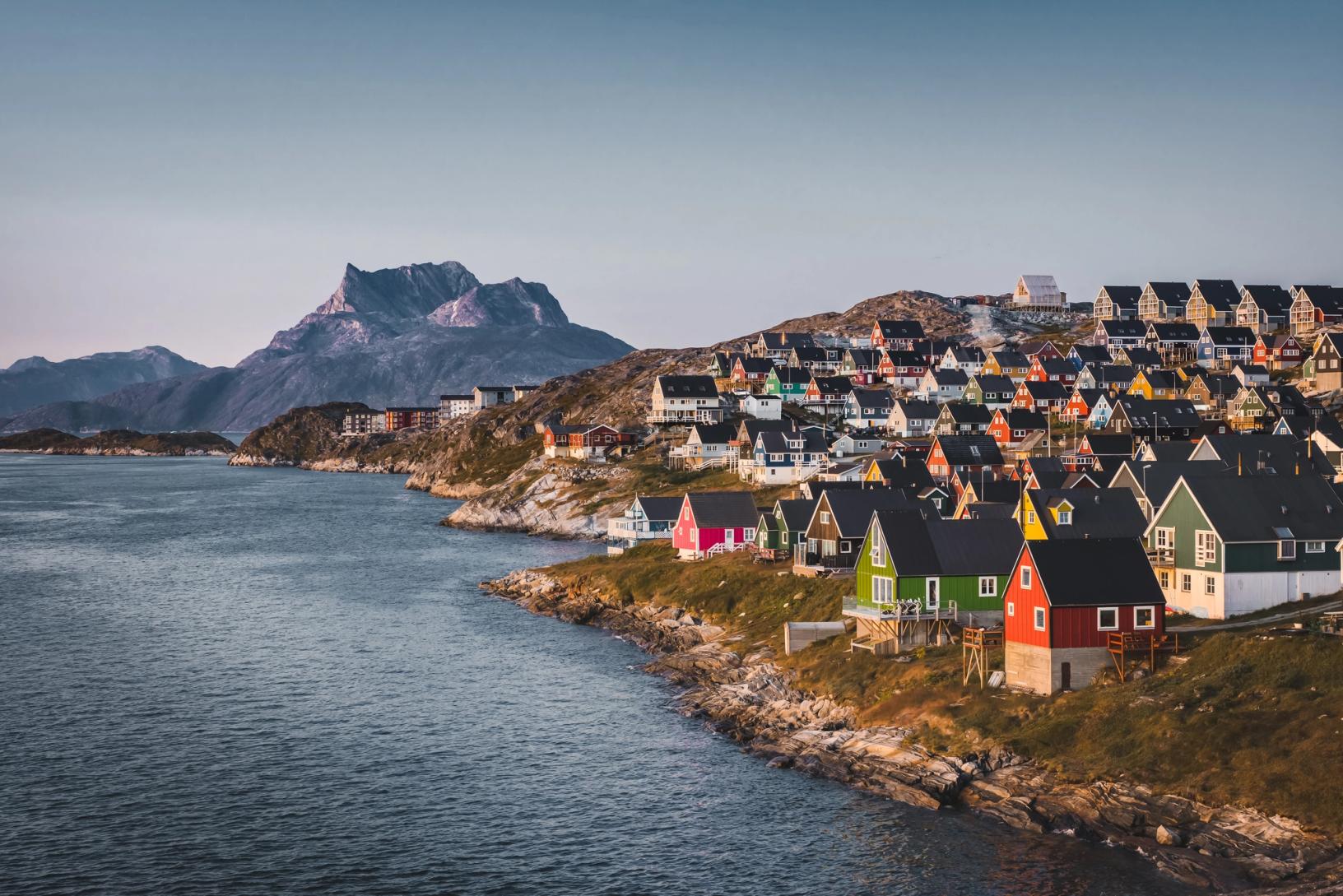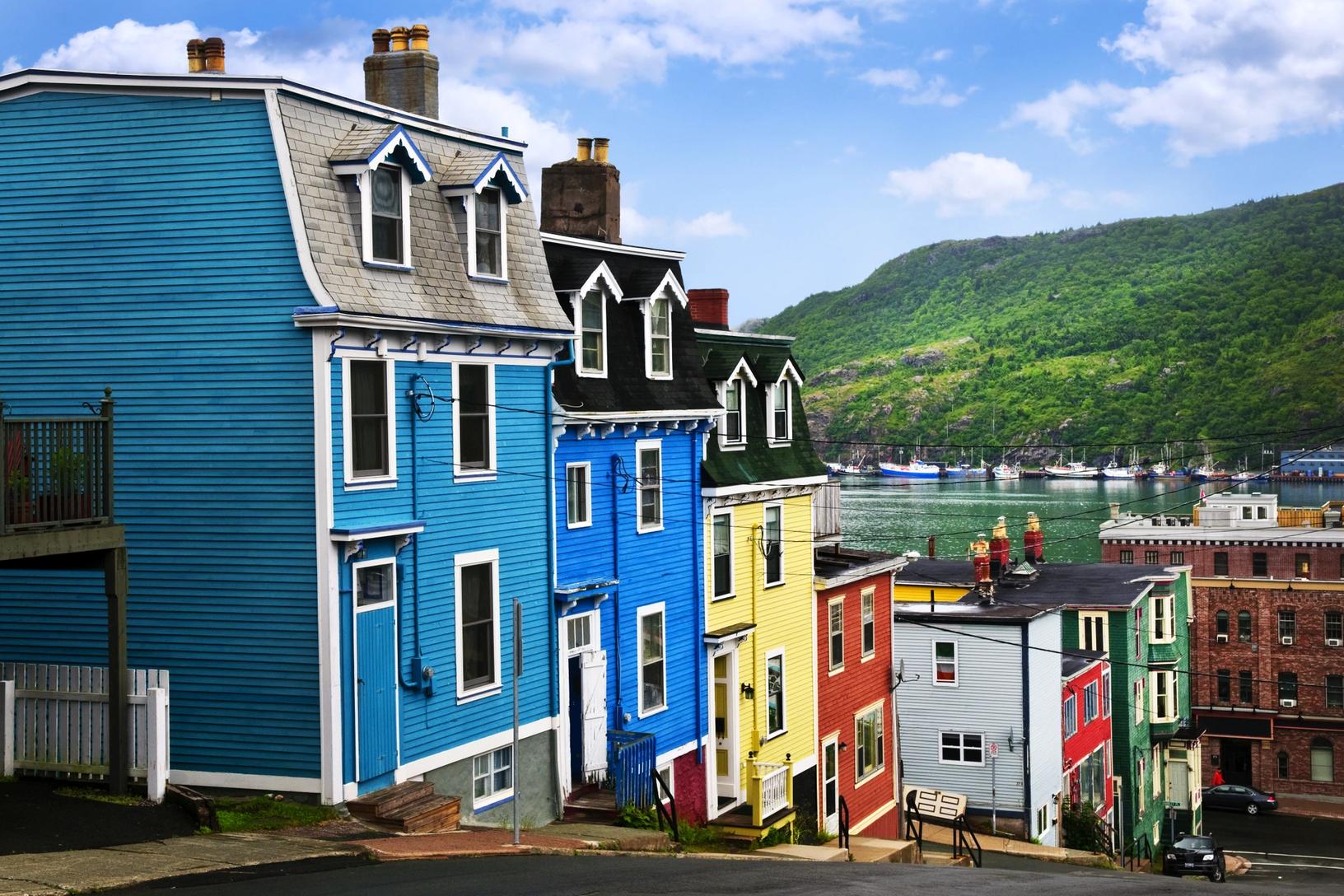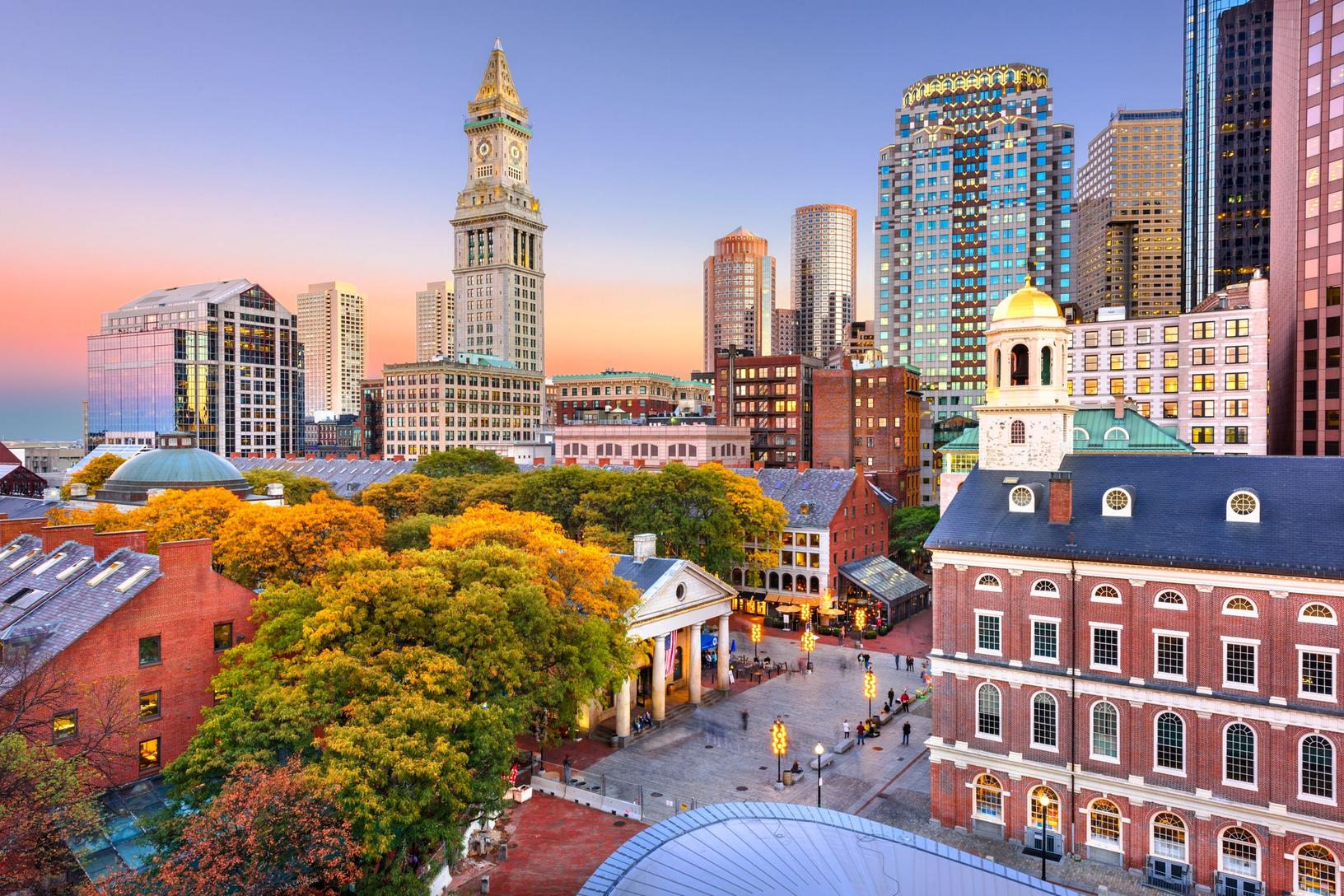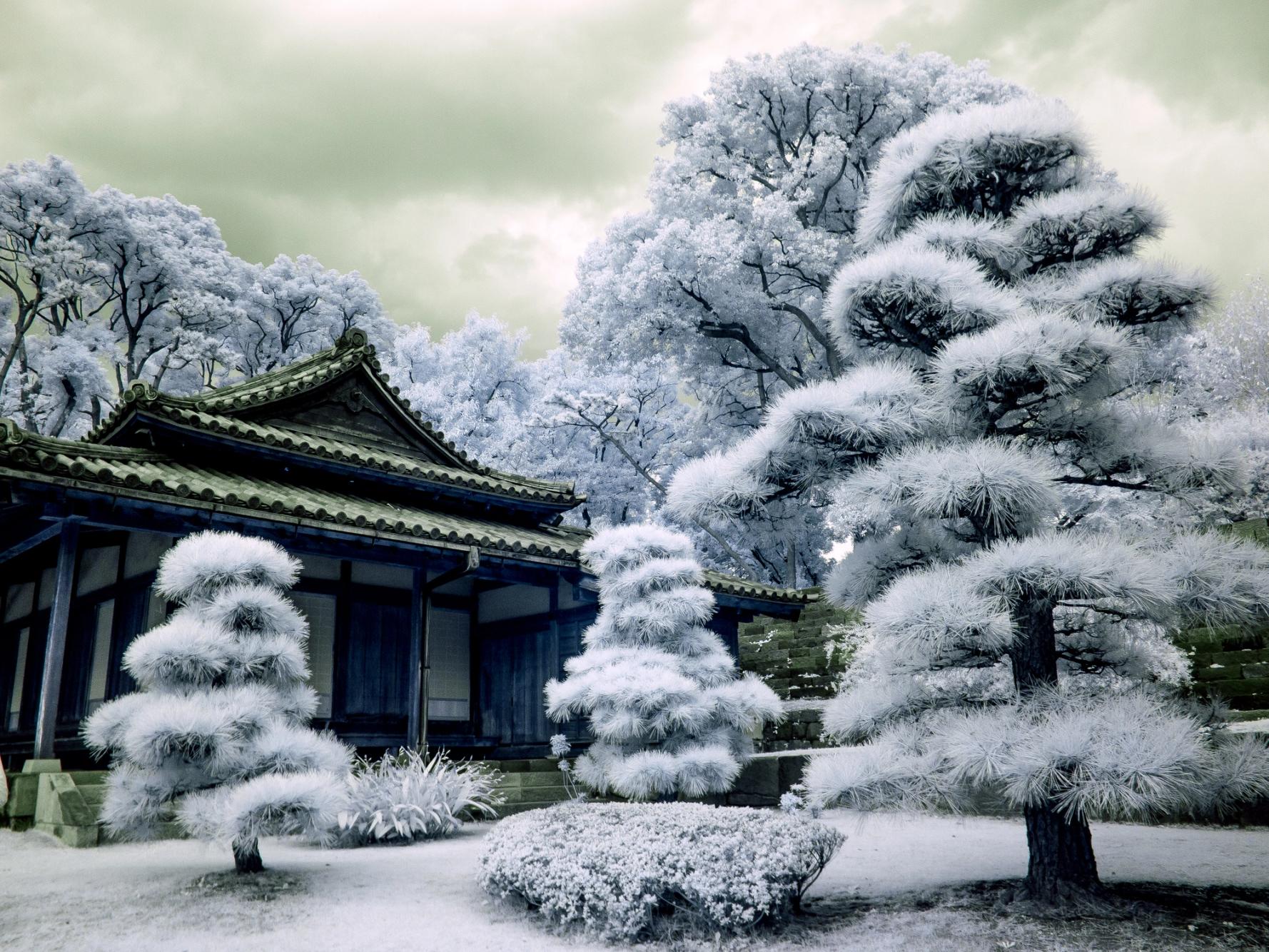
Tag: French Polynesia
Friday, February 4, 2023 – Photo of the Day -Bora Bora, French Polynesia

Where in the World Are We?





Bora Bora is an island group in the Leeward Islands. The Leeward Islands comprise the western part of the Society Islands of French Polynesia, which is an overseas collectivity of the French Republic in the Pacific Ocean. Bora Bora has a total land area of 12 sq mi. The main island, located about 125 nautical miles northwest of Papeete, Tahiti is surrounded by a lagoon and a barrier reef.
In the center of the island are the remnants of an extinct volcano, rising to two peaks, Mount Pahia, and Mount Otemanu; the highest point is at 2,385 ft. Bora Bora is part of the Commune of Bora-Bora, which also includes the atoll of Tūpai. The languages spoken in Bora Bora are Tahitian and French. However, due to the high tourism population, many natives of Bora Bora have learned to speak English.
Bora Bora is a major international tourist destination, famous for its seaside and offshore luxury resorts. The major settlement, Vaitape, is on the western side of the main island, opposite the main channel leading into the lagoon. Produce of the island is mostly limited to what can be obtained from the sea and from the plentiful coconut trees, which were historically of economic importance for the production of copra.
Today’s Excursion – SAIL BORA BORA BY CATAMARAN
We sailed a catamaran through the gorgeous lagoon surrounding Bora Bora, admiring the stunningly beautiful scenery both above and below the water’s surface. After departing from the pier, we began cruising the lagoon that surrounds Bora Bora, an island of almost mythical beauty. The catamaran featured trampolines for sunbathing and shaded seating. Because the catamaran has a shallow draft, it cruised into areas off-limits to other vessels, presenting us with spectacular, up-close views of the lagoon’s coves and Bora Bora’s iconic overwater bungalows.
The shoreline was jungle-like with plenty of coconut palms swaying in the sea breezes. From this perspective, we also enjoyed an excellent view of Mount Otemanu, one of two extinct volcanoes rising from the center of the island.
We stopped to swim and snorkel along a coral reef teeming with brightly colored tropical fish. We saw many of the most common species such as clown fish, yellow Moorish idols, and emperor angelfish. We spotted a male blue parrotfish nipping at the algae clinging to the reef. The female parrotfish sport different colors. We also spotted graceful eagle rays, spinner and bottlenose dolphins, and a green turtle, a species ancient Polynesians held sacred.






Thursday, February 2, 2023 – Photo of the Day – Papeete (Tahiti), French Polynesia

Where in the World Are We?





Tahiti is the largest island of the Windward group of the Society Islands in French Polynesia. It is located in the central part of the Pacific Ocean and the nearest major landmass is Australia.
It is divided into two parts, Tahiti Nui (bigger, northwestern part) and Tahiti Iti (smaller, southeastern part), the island was formed from volcanic activity; it is high and mountainous with surrounding coral reefs. Its population was 189,517 in 2017, making it by far the most populous island in French Polynesia and accounting for 68.7% of its total population.
Tahiti is the economic, cultural, and political center of French Polynesia, an overseas collectivity and an overseas country of the French Republic. The capital of French Polynesia, Papeʻete, is located on the northwest coast of Tahiti. The only international airport in the region, Faʻaʻā International Airport, is on Tahiti near Papeʻete. Tahiti was originally settled by Polynesians between 300 and 800 CE. They represent about 70% of the island’s population, with the rest made up of Europeans, Chinese, and those of mixed heritage. The island was part of the Kingdom of Tahiti until its annexation by France in 1880, when it was proclaimed a colony of France, and the inhabitants became French citizens. French is the sole official language, although the Tahitian language (Reo Tahiti) is also widely spoken.


Today’s Excursion
We surveyed the sights east of Papeete, including the atmospheric home of an acclaimed author and the point where landmark planetary observations were made. This remarkably scenic drive traveled first to the James Norman Hall Museum, home of an Iowa-born author living far from the cornfields – and writing several famous novels set in the South Pacific, including 1932’s Mutiny on the Bounty. The tour of his bungalow-style home and garden revealed a setting that must have added to his inspiration. Interestingly, this adventurous WWI hero’s creativity definitely passed on to the next generation; his son Conrad was a three-time Oscar-winning cinematographer on films such as Butch Cassidy and the Sundance Kid. The author is buried above the house on a mountainside overlooking Matavai Bay, which we looked over when we visited Venus Point. Home to a striking lighthouse and abundant history, this point of land is where Captain Cook recorded the transit of Venus on his groundbreaking first voyage around the world. Coincidentally, Captain Bligh and his crew of the real-life Bounty called at this same spot about 20 years later. A gorgeous view from atop Tahara’a viewpoint.









by Capt. Cook.












Wednesday, February 1, 2023 – Photo of the Day – Raiatea, French Polynesia

Where in the World Are We?





Raiatea is the second largest of the Society Islands, after Tahiti, in French Polynesia. The island is widely regarded as the “center” of the eastern islands in ancient Polynesia and it is likely that the organized migrations to the Hawaiian Islands, New Zealand, and other parts of East Polynesia started at Raiatea.
A traditional name for the island is Havai’i, the homeland of the Māori people. Situated on the southeast coast is the historical Taputapuatea marae, which was established by 1000 CE. The site was the political and religious center of eastern Polynesia for several centuries and was inscribed on the UNESCO World Heritage List in 2017 for its historical significance.
The main township on Raiatea is Uturoa
Today’s Excursion – SACRED ISLAND BY LE TRUCK
We toured Raiatea and visited its most famous sacred landmark as we traveled in casual, alfresco style in a windowless bus known as “Le Truck”. We took in the sights of somewhat-urban Uturoa and the green coastline where the Fa’aroa River meets Raiatea’s surrounding lagoon and all the while feeling the tropical breezes in your hair from our bench seat in “Le Truck.” Our main destination today is Marae Taputapuatea, an open-air temple complex comprising seven ceremonial structures constructed of stone and coral. This is one of French Polynesia’s largest ancient temple sites and the place where the early migrations throughout the South Pacific started. From here, indigenous outrigger crews braved great open ocean distances to
establish new settlements in Hawaii, New Zealand, and other far-flung locales many centuries ago. This particular sacred site is
dedicated to Oro, the bloodthirsty god of war who demanded human sacrifices. But none recently.
2nd Excursion – FAAROA RIVER & MOTU BY CANOE
We traveled by motorized outrigger canoe from Raiatea’s lagoon up into the lush Fa’aroa River landscape, then enjoyed a beach break on a coastal islet. We glided from the pier through the waters of Raiatea’s deep blue surrounding waters, in time reaching the mouth of Polynesia’s only navigable river. Heading upstream into the island’s interior, pass riverbanks brimming with wild hibiscus, bamboo groves, chestnut trees, and brilliantly colorful ginger flowers. It’s a magical place – as far as the eye can see, nothing but luxuriant tropical foliage, verdant mountains, and waterfalls. Along the way, our guide added to the atmosphere with
fascinating stories of the famous ancient voyages that emanated from this river to all the islands of the Polynesian Triangle. Once back out in the coastal lagoon, our captain pulled in for a delightful stop at one of the motu islets along the barrier reef – where we swam, relaxed, and enjoyed some refreshments before we left the outrigger behind at the pier and returned to our ship.


















Tuesday, January 31, 2023 – Photo of the Day – Rangiroa, French Polynesia

Where in the World Are We?





Rangiroa is the largest atoll in the Tuamotus and one of the largest in the world.
It is in French Polynesia and is part of the Palliser group. Rangiroa is home to about 2,500 people on 31 sq mi. The chief town is Avatoru, in the atoll’s northwest.
Today’s Excursion – Discover The World Of Pearls
We traveled to one of Rangiroa’s renowned black pearl farms to learn how these lustrous treasures are produced and graded. and we browsed unset pearls at the onsite shop. The pearl farm was a modest size representing the pearling industry being a cottage industry on these islands. It’s certainly very much a hands-on operation as we saw the farm staff providing background on the evolution of the industry and on how these special black-lipped pearl oysters are selected, grown, and grafted for production. After hearing it described we saw the process underway as we toured the work sheds and observed a grafter skillfully plying his trade. Shape and luster are both key components of the pearl grading scale. Our guide demonstrated the criteria used. The pearls included round, baroque, and semi-baroque pearls ranging in grade from C to A.









